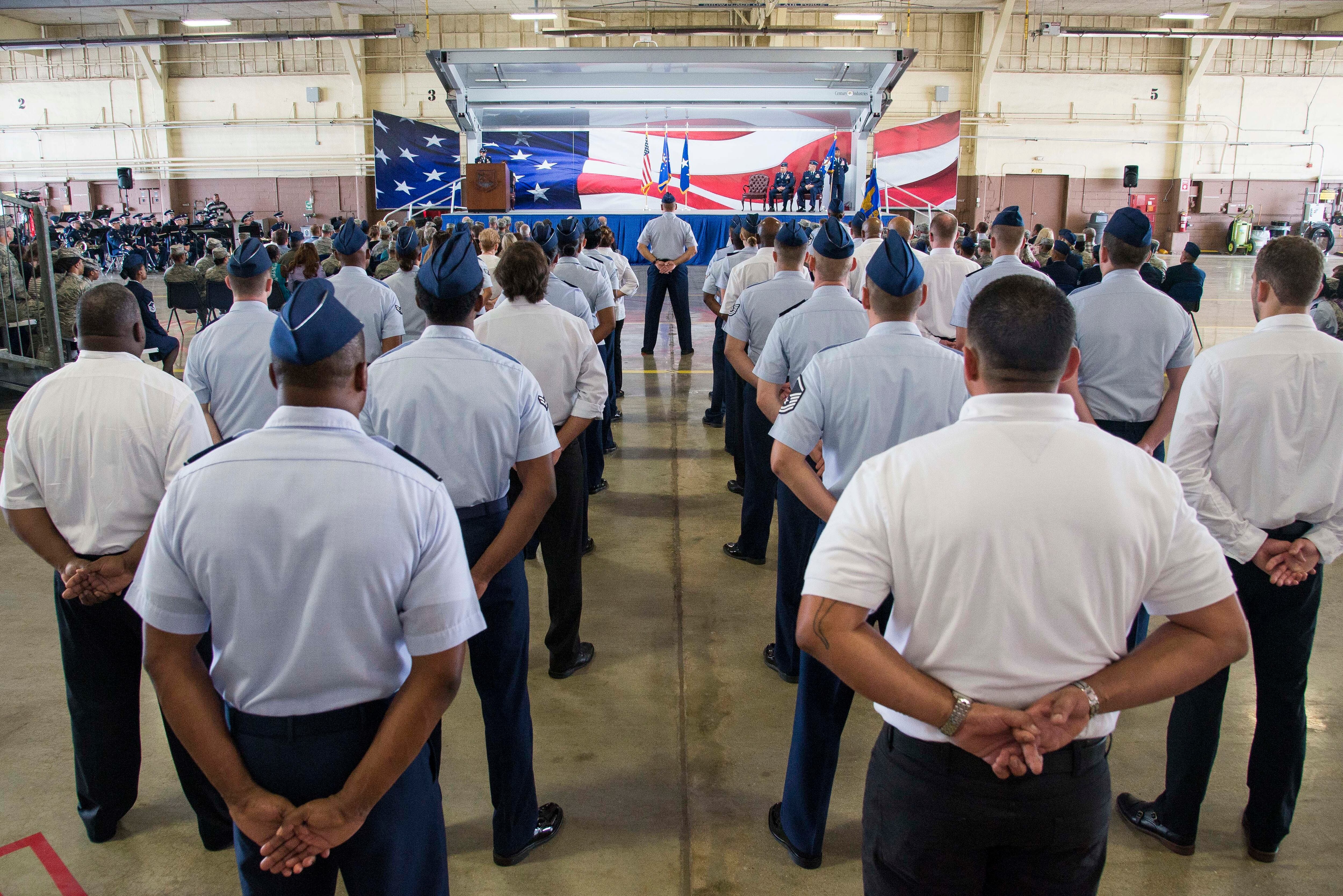The Department of the Air Force’s eligibility requirements are designed to allow America’s finest and fittest youth into the military. But those same rules are disproportionately keeping Black and Hispanic Americans out of uniform, limiting the Air Force’s ability to look like the country it serves, a new think tank report has found.
The issue also keeps the Air Force from fully tapping into a slice of the American public that is more inclined to join the armed forces than their peers of other races and ethnicities.
The paper, published Aug. 24 by the federally funded think tank Rand Corp., adds to a growing body of research on diversity in the military.
Even as the Pentagon looks to boost recruitment and increase equity within its ranks, the Air Force’s rules for entry could hobble those efforts, Rand researchers found.
For instance, researchers said, Black men comprise 7% of the enlistment-age population — 17 to 39 years old — but only 3.6% of them are otherwise eligible to join the Air Force. And while that age range includes 12% of Hispanic men, just 7% of them meet the department’s other standards for health, education, citizenship, criminal records, tattoos and more.
Similar trends hold for the opposite sex. Hispanic women make up more than 10% of the age-eligible pool of prospective enlistees, but that falls to 8% when considering other eligibility requirements. Black women comprise 7% of Americans who are old enough to join the Air Force, but less than 5% are otherwise eligible to enlist.
Similar disparities affect Black and Hispanic Americans looking to join the officer corps, which requires a college degree and skews whiter and more male than on the enlisted side.
The biggest hurdle to enlistment for those demographics, according to Rand, are the Air Force’s education and testing requirements. Aspiring enlistees with a high school diploma must score at least 31 on the Armed Services Vocational Aptitude Battery (ASVAB), a medley of quantitative and qualitative assessments. Those without a diploma must score at least 65.
Rand’s models suggest that prerequisite shrinks Black and Hispanic representation in the department by 2% to 3.5%, depending on the subset of gender, race and ethnicity.
The Air Force has noted that some aspiring officers for whom English is not their first language score above average on the math-focused portion of the Air Force entrance exam, but fail the verbal portion because of their language barrier. In 2021, the service rolled out changes to how those tests are scored in an effort to give non-native English speakers a better shot at passing.
The Air Force has tweaked other recruiting rules, such as allowing people to join with higher body fat percentages and some hand and neck tattoos, to cast a wider net without significantly sacrificing quality. It can also issue waivers to prospects who fail to meet certain standards and help prospective airmen study before they take their entrance tests.
Rand researchers determined that higher propensity to serve among Black and Hispanic Americans helps offset the dent in minority representation.
As of March 31, 15% of active duty Air Force and Space Force officers and enlisted members were Black, according to the Air Force Personnel Center. They are slightly overrepresented in the department compared to the overall U.S. population, which is 14% Black, according to the latest U.S. Census Bureau data from July 2022.
Another 17% of the active duty Air Force and Space Force is Hispanic or Latino, or slightly underrepresented compared to a 19% share of the U.S. population.
Military officials insist that recruiting and retaining troops of different races, ethnicities and genders is a national security imperative.
Since 2020, the Department of the Air Force has launched multiple studies and created working groups to explore how existing policies on topics from pilot training to facial hair might unfairly disadvantage airmen of color. Those efforts have been spearheaded by the service’s inspector general and an Office of Diversity and Inclusion that opened in 2021.
Attracting a diverse pool of new troops bodes well for the health of the military at large, the authors stressed.
“Because most military personnel begin their careers at the entry-level pay grade and positions are filled by promoting from within, achieving diversity at the point of accession is critical to growing and maintaining a diverse workforce across all pay grades,” they wrote. “A lack of diversity at accession limits the pool of diverse individuals who can be promoted to higher ranks.”
Jaime Moore-Carrillo is an editorial fellow for Military Times and Defense News. A Boston native, Jaime graduated with degrees in international affairs, history, and Arabic from Georgetown University, where he served as a senior editor for the school's student-run paper, The Hoya.




